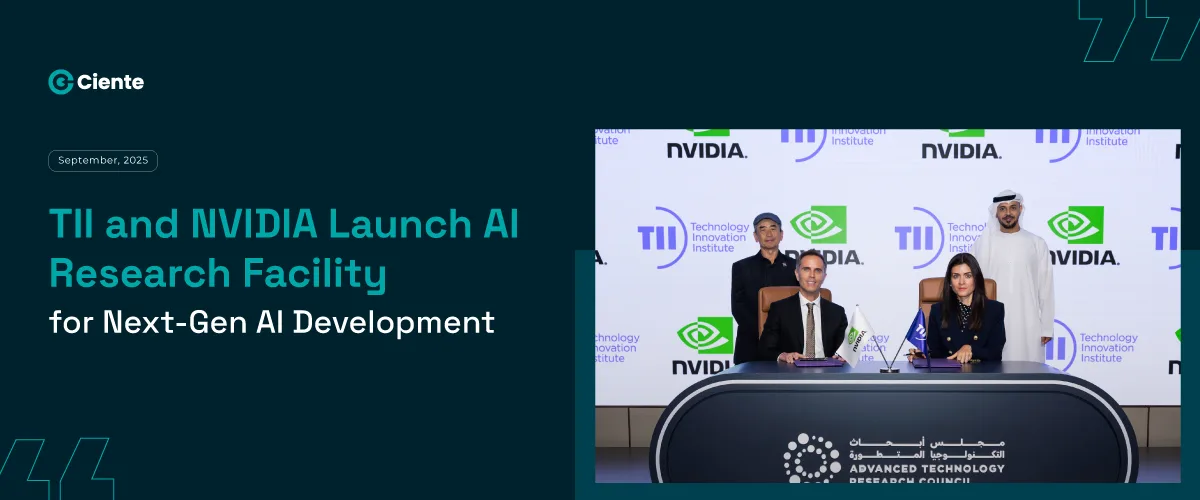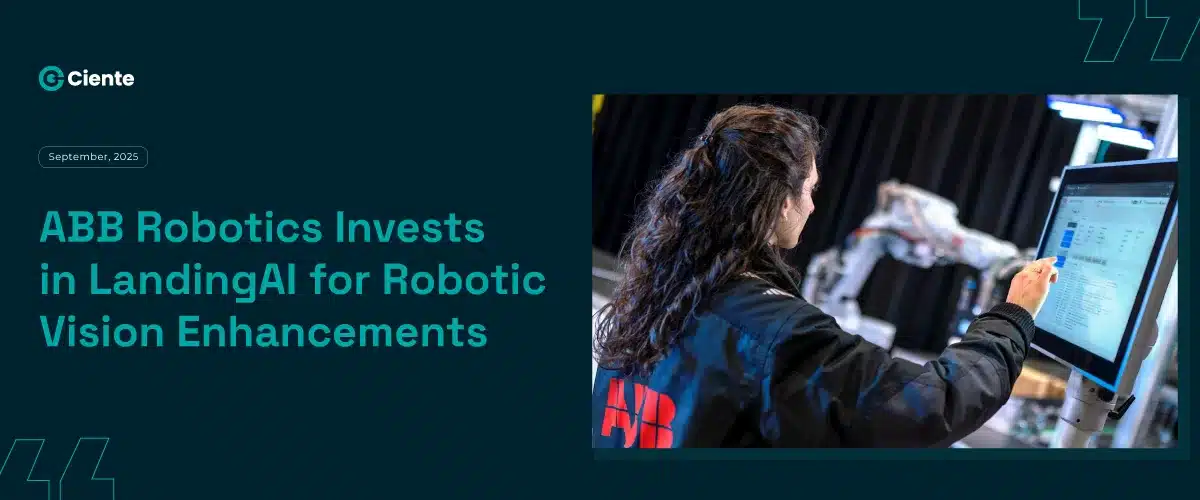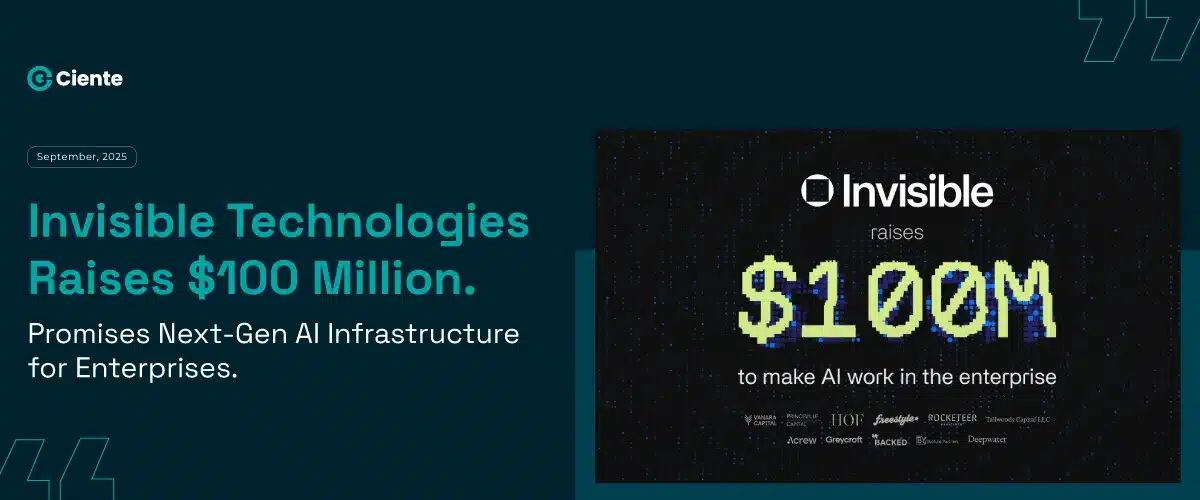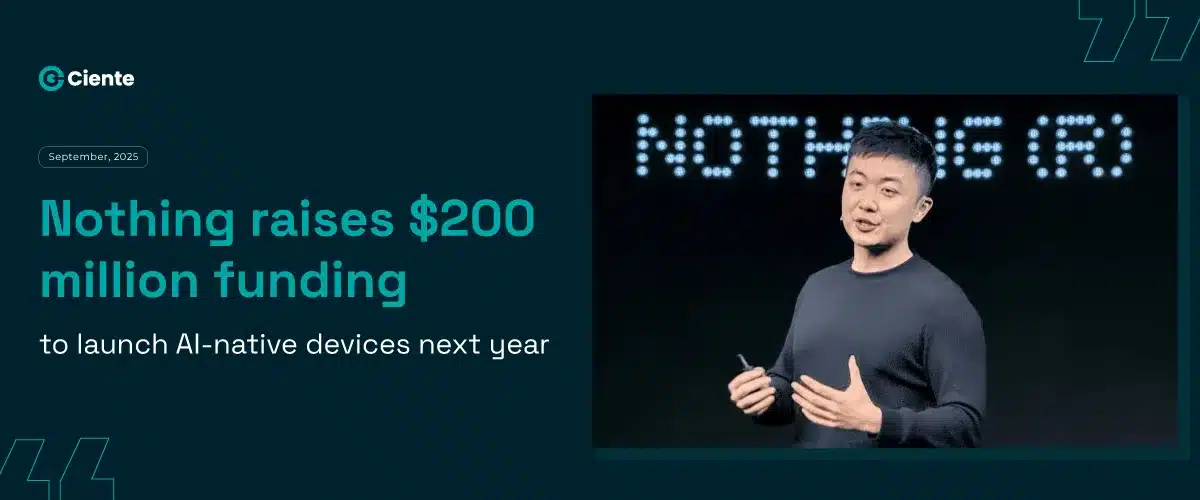TII and NVIDIA Launch AI Research Facility for Next-Gen AI Development
The first-of-its-kind multidisciplinary NVIDIA research lab could be the much-needed push the UAE needs to become an AI leader.
The future of tech innovation seems delirious, at least in the way investors and enthusiasts discuss it. There are not many facts to ascertain what the future will look like, but tech companies such as Microsoft and Apple are not sitting on their hands.
They are actively investing in AI infrastructures, from data centers to chip manufacturing, to drive the future of tech themselves. And it’s quite hopeful. There is not a lot of known information on AI, let alone the technology landscape as a whole. And those seemingly excited about new tech toys want to uncover as much as they can-
What are the possibilities that AI can offer us?
From the US to China, each country is in a race to lead the innovation landscape. And they are investing as much as they can to accelerate the roadmap to victory.
The latest player is Abu Dhabi. It has been planned to establish tech sovereignty and be a key driver of intelligent autonomous systems.
For this, it has invested in research.
Abu Dhabi’s Technology Innovation Institute (TII) and NVIDIA have partnered to launch the Middle East’s first Joint Research Lab for both artificial intelligence and robotics. It’s the first of its kind in this region for next-gen AI and robotics applications.
The lab is set to host teams from both Abu Dhabi and NVIDIA- talent that will bring high-quality expertise to the project. And help give Abu Dhabi the AI push that it requires to become a leading innovator.
According to the agreement, TII will be able to leverage NVIDIA’s top-of-the-line chips for research, especially in humanoid development. But it’s not just any chip- it’s the Thor Chip precisely for robotic systems development.
It’s a significant move in the UAE’s strategy playbook to become a leading global AI competitor. This offering adds even more fuel to the already skyrocketing AI boom.






